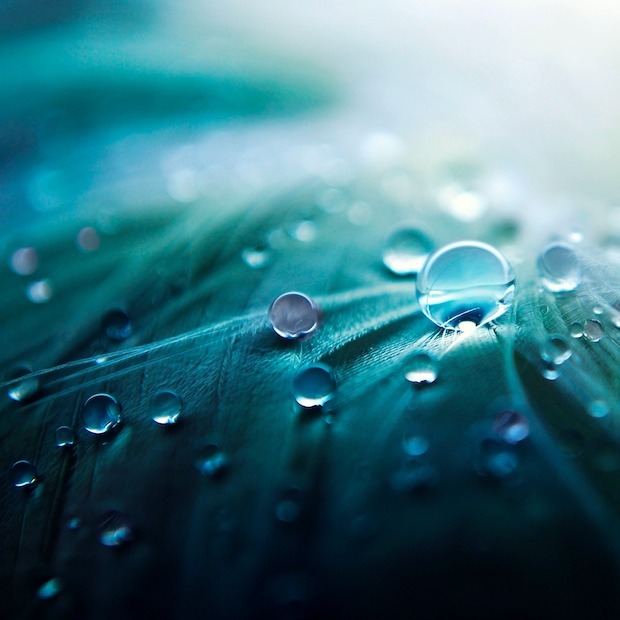Natural Mineral Water to be considered as such must:
- have an underground origin
- flow from protected groundwater
- be MICROBIOLOGICALLY PURE FROM THE SOURCE
- be recognized by Ministry of Health and continuosly monitored by competent authorities
- be distributed on the marked in sealed and microbiologically guaranteed bottles
- be obligatorily traceable through batches and controlled at origin throughout the supply chain.
The Other Waters, including those of the public network, come from various sources, including superficial ones, and are treated with carbon or other filtration, to be subsequently purified with sanitizers, such as sodium hupochlorite (CHLORINE) and/or OZONE.
Unfortunately, in Italy the public network suffers from a limited investment rate, equal to € 40,00 per inhabitant per year (compared to a European average of 100 Euros), the water infrastructures are obsolete and insufficient (about 60% of national water network is over 30 years and 25% is over 50 years old) and 47,6% of the water withdrawn for drinking usi s dispersed (42% only in distribution networks, 10 percentage points in more than 10 years ago, compared to 23% of European average).
Italy has an unmissable opportunity to relaunch and renew its water network through the Next Generation EU funds, wich foresee an investment of abou 20 billion euros in the Recovery Fund, to create a smarter and mor sustainable water management system, aiming on recycling ad reuse. Information campaign will be of fundamental importance, as the transition will necessarily pass through the edication of citizens.
Natural Mineral Water therefore should not be seen in opposition with Other Water because the first is suitable for safe and pleasant human consuption while the second have a multitude of functions.
Therefore, the origin and its purity cannot be compared to the final use. They have to be considered and used differently.
